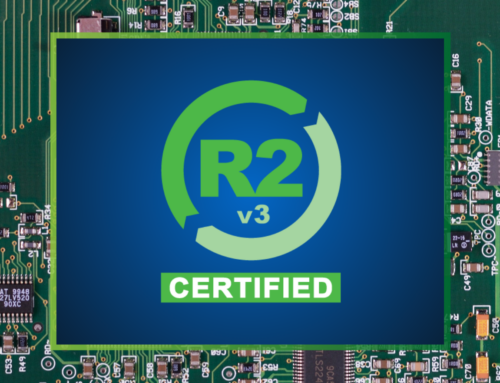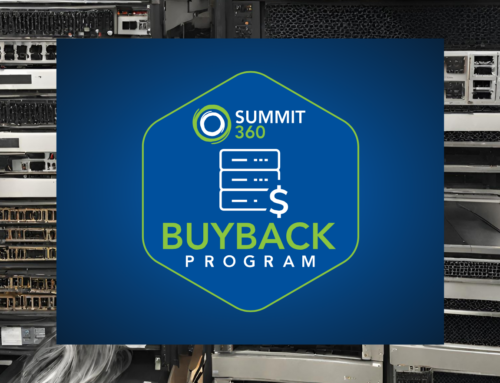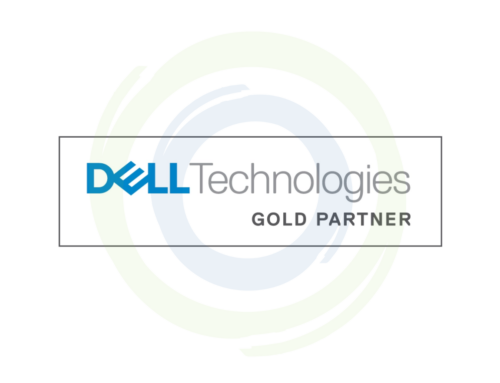One of the biggest challenges facing today’s IT leaders is that now, more than ever, IT equipment becomes obsolete at an extremely fast rate. As companies upgrade their systems, they’re left with a significant issue: what to do with the old equipment? The answer? IT Asset Disposition (ITAD), a process that, while essential, is fraught with complexities and risks. While some companies opt for a do-it-yourself (DIY) approach to ITAD, it’s essential to understand the potential pitfalls and challenges this path can present.
Understanding ITAD and Its Importance
ITAD is not just about getting rid of old equipment. It involves the process of safely and responsibly disposing of outdated or unwanted IT equipment. A well-structured ITAD program ensures data security, compliance with various industry, data, and environmental regulations, and environmental responsibility. Our IT Asset Decommissioning Checklist offers a comprehensive guide to help businesses navigate the complexities of ITAD. However, even with such resources, the DIY approach comes with many serious risks.
Why DIY ITAD Can Be Risky
While it might be tempting to handle ITAD in-house, the DIY approach can introduce numerous risks:
- Expertise Deficit: ITAD is not just about physical disposal. It involves understanding data security, compliance with industry regulations, and environmental responsibility. Without specialized knowledge, companies can easily find themselves in hot water.
- Asset Management Complexities: Properly managing IT assets is a multi-step process. From tracking and decommissioning to logistics and data sanitization, each step has its challenges and potential pitfalls.
- Financial Implications: While some companies view DIY ITAD as a cost-saving measure, they often overlook the potential financial repercussions. Any misstep in the ITAD process, especially concerning data breaches or non-compliance, can have severe consequences. The average cost of a data breach in the U.S. is a staggering $8.64 million, a price that can dwarf any perceived savings from a DIY approach.
A Deeper Dive: Understanding The ITAD Process
- Asset Management: This is the foundation of ITAD. Companies need to track assets, understand their usage, know about data storage, and be aware of compliance issues. Leased equipment adds another layer of complexity.
- Decommissioning: Whether it’s pulling servers from a data center or removing assets from an office, decommissioning is a delicate process. It requires expertise, resources, and a systematic approach to ensure no data is left behind and no equipment is damaged.
- Logistics: Once assets are decommissioned, they need to be transported safely, ensuring data security and minimizing the risk of damage or loss.
- Data Sanitization: Perhaps the most critical phase, data sanitization ensures that all data is removed from the assets. Any oversight here can lead to significant data breaches.
- Asset Re-use: If assets can be repurposed, they need to be tested, repaired, and resold. Each of these steps has its challenges, from ensuring the functionality of assets to finding the right resale channels.
- End-of-Life Asset Management: When re-use is not an option, assets need to be disposed of responsibly. This can involve salvaging components, recycling, or, as a last resort, disposal.
The Solution: Partnering with an ITAD Expert
Given the complexities of ITAD, it’s clear that a DIY approach might not be the best choice for most companies. Instead, partnering with a specialized ITAD company can offer numerous benefits:
- Expertise: ITAD companies have the knowledge and experience to handle every aspect of the process, ensuring compliance, asset tracking and data security.
- Resources: From specialized equipment for data sanitization to established resale channels, ITAD companies have the resources to handle the process efficiently.
- Peace of Mind: With an ITAD partner, companies can rest easy knowing that their old IT assets are being disposed of safely, responsibly, and in compliance with all regulations.
While the DIY approach to ITAD might seem appealing, the potential risks can far outweigh the benefits. By understanding these intricacies and partnering with a specialized ITAD company, organizations can ensure they’re making the best choice for their data, reputation, and bottom line.
For more information on selecting the best partner for your ITAD needs, check out ‘How to Choose the Right IT Asset Disposition Provider for Your Business‘ for our detailed guide!




